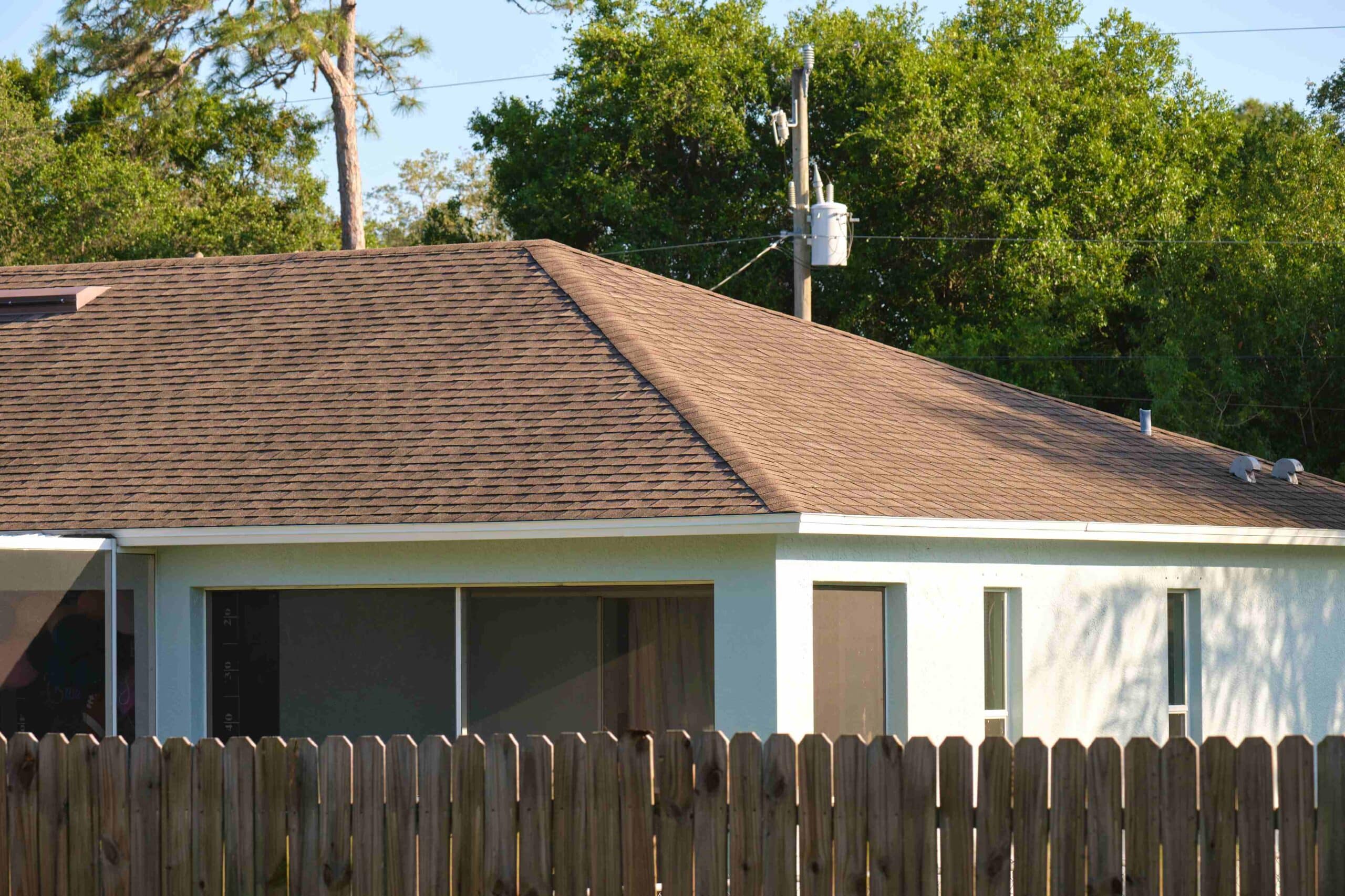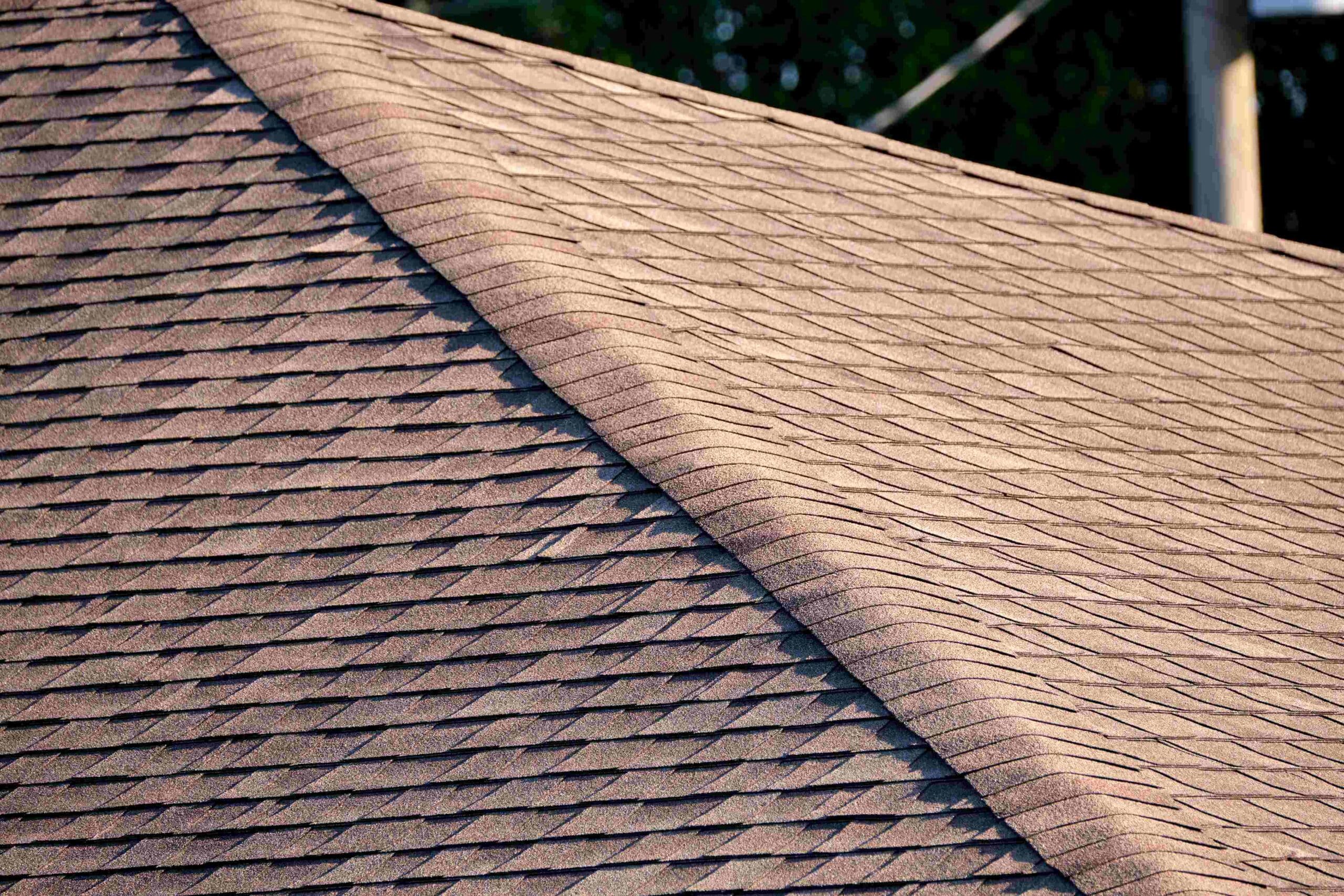
Can you remember the last time you ran through a shingle roof inspection checklist? You probably can’t, but it’s not something you should ignore.
Without regular roof inspections, you could end up with pricey repair bills that cost you thousands of dollars. Your homeowners’ insurance company will probably want to look at your roof before they agree to cover you, too. Insurers rely on inspections to make sure your roof doesn’t have major problems, such as holes or mold under the shingles.
Learn what to expect during the inspection process with this checklist for shingle roof inspections from Clermont’s local roof repair experts.
What’s Included in a Shingle Roof Inspection
Are you curious about what happens during a professional roof inspection? Here’s a shingle exterior roof inspection checklist that roofers use:
Shingles that are missing, broken, or flapping
Shingles are one of the most important parts of your roof because they shield your home from water damage. If any are missing, cracked, or falling off the roof, water can get inside your home.
Damaged or rusted flashing
The inspector will check flashing around the chimney, sunroof, and vent pipes. If they spot rust or damage, you’ll need to replace the flashing.
Dry rot
Inspectors will check the eaves, soffit, and fascia for signs of dry rot, which is a clear sign that water isn’t draining off your roof.
Curling
Years of exposure to the harsh sun and rain can make your roof’s shingles curl upward. Curling can let water into your home, so you should replace curled shingles with new ones.
Visible nails
Roofing nails shouldn’t be exposed or visible. If they are, a professional will need to seal the nails to prevent moisture from getting into the roof.
Roof ridge sagging
If your home’s roof ridge is sagging, this points to a moisture problem under its shingles.
Gutter clogs
The inspector will ensure that your gutters are free of leaves, dirt, branches, and other debris that can cause clogs. Clogged gutters can lead to water damage for your roof, so you’ll need to remove debris from them before this happens.
Lichen and moss
Lichen and moss can mean that there’s water damage to your home. If the inspector spots plant and fungus growth on the roof, shingles might be missing or loose.
How the Shingle Roof Inspection Process Works
To start, a roofer will climb up on your roof and check the shingles, gutters, and other areas for problems. They’ll follow a shingle roof inspection checklist and take pictures to show you any trouble spots you need to fix.
Sometimes, an inspector can’t get up on your roof because it’s too slick or steep. Don’t worry, though; that doesn’t mean you’re out of luck. The inspector can place a camera on an extension pole and check out the roof that way. They might also use a drone to look for noticeable damage from overhead.
New Roof Inspection Checklist
What about new roofs? Is the inspection process the same for new roof as mentioned above? Well, our roofing contractor suggests doing the following procedure first on your new roof before proceeding to the guide above:
- Inspect the overall condition of the roof: Look for any signs of damage, such as missing or curled shingles, leaks, or loose flashing.
- Check the alignment of the shingles: The shingles should be aligned so that they overlap each other by at least 1/2 inch.
- Inspect the nails: The nails should be secure and should not be popping out.
- Check for cracks or tears in the roofing material: Any cracks or tears in the roofing material can allow water to leak into your home.
- Check the flashing: The flashing is the material on your new roof that seals the roof to the gutters and other roof features. It is important to inspect the flashing for any damage or leaks.
- Check the gutters and downspouts for roof leaks: The gutters and downspouts should be clean and free of debris to avoid roof leak. They should also be properly draining water away from your home.
- Check the ventilation: Your new roof needs proper ventilation to prevent moisture buildup. Inspect the vents to make sure they are not blocked.
- Check the insulation: The insulation in your new roof helps to keep your home cool in the summer and warm in the winter. Inspect the insulation to make sure it is in good condition and that there are no gaps or holes.
If you notice any problems during your roof inspection, it is important to have them repaired as soon as possible to prevent further damage to your home.
DIY Shingle Roof Inspection
Can you inspect your own shingle roof? With the right equipment, yes. However, calling a professional roofer is the safer, easier option.
Do you have a drone? If so, you can use it to inspect your roof just like the professionals do! Florida’s rules for hobbyist users aren’t quite as strict as they are for business drone operators. Still, make sure to check out local regulations before flying a drone over your home.
If climbing onto your roof makes you nervous, you shouldn’t try to do a roof inspection on your own. Nervousness can make you feel shaky enough to slip and fall from the roof, and falling from that height can cause serious injuries and even death. Instead, it’s best to stay safe and contact a professional roofing company to handle the job for you.
Tips for Doing DIY Roof Inspection
Here are some additional tips for conducting a roof inspection:
- Do the inspection on a sunny day: This will make it easier to see any damage to the roof.
- Use a ladder or roof inspection platform: This will allow you to get a closer look at the roof.
- Be careful not to damage the roof: When inspecting the roof, avoid stepping on any shingles or other roofing materials.
- Take pictures of any damage you find: This will help you to document the damage and to communicate it to the roofing contractor.
Benefits of Shingle Roof Inspections
Getting your roof inspected doesn’t seem very exciting, but benefits like these might pique your interest:
Maintenance costs less
If you’ve ever climbed up on your roof and thought it looked fine, you could be missing hidden problems that require a trained eye to spot. Inspectors know how to find small issues before they turn into a huge headache down the road.
Keeps mold out of your home
Water can get into your roof if it has holes in it and even a tiny amount of moisture may develop into mold growth after just a few weeks or less. These spores are invisible, but they might make you and your family feel quite sick. And if you have a family member with asthma, mold can even put them in the hospital. An inspector will look for leaks in your roof and warn you about mold hiding under the split shingles.
Your roof may last longer
An asphalt shingle roof should last for about 30 years with routine inspections and maintenance. A roof inspection is more affordable than paying for roof replacement due to neglected roof issues.
Choose Eustis Roofing for Your Shingle Roof Inspection
At Eustis Roofing, we know how important your shingle roof is for your home. Asphalt shingle roofs are designed to last for about 30 years, but without regular inspections, you might need to replace your roof much sooner than you think. Broken asphalt and architectural shingles, moss growth, dry rot, and other issues can leave you with expensive repairs if you don’t address them promptly.
Don’t stress over a DIY roof inspection — let the professionals handle the job for you! Eustis Roofing has more than 60 years of experience inspecting and repairing roofs in Tavares, The Villages, and nearby cities. Our team follows a thorough shingle roof inspection checklist while we look for signs of damage and water intrusion. If we spot any issues, we’ll let you know so you can fix them right away.



